In the realm of photography, the term ‘shutter count’ pertains to the total number of times the shutter of a digital camera has been activated. The longevity and worth of a camera are heavily influenced by this metric, much like how mileage impacts the perceived value of a car. But, how many shutter counts are considered too many? Let’s explore this topic further to gain a deeper understanding of the shutter count and its impact on the longevity of your camera. By delving into this concept, we can enhance our knowledge and appreciate the significance it holds in preserving the lifespan of your camera.
What is Shutter Count?
The shutter count, also referred to as actuations or shutter clicks, indicates the number of times a camera’s shutter has been released. This metric can vary over time based on the frequency of camera usage. In general, a higher shutter count indicates greater usage and suggests that the camera may be approaching the end of its lifespan.
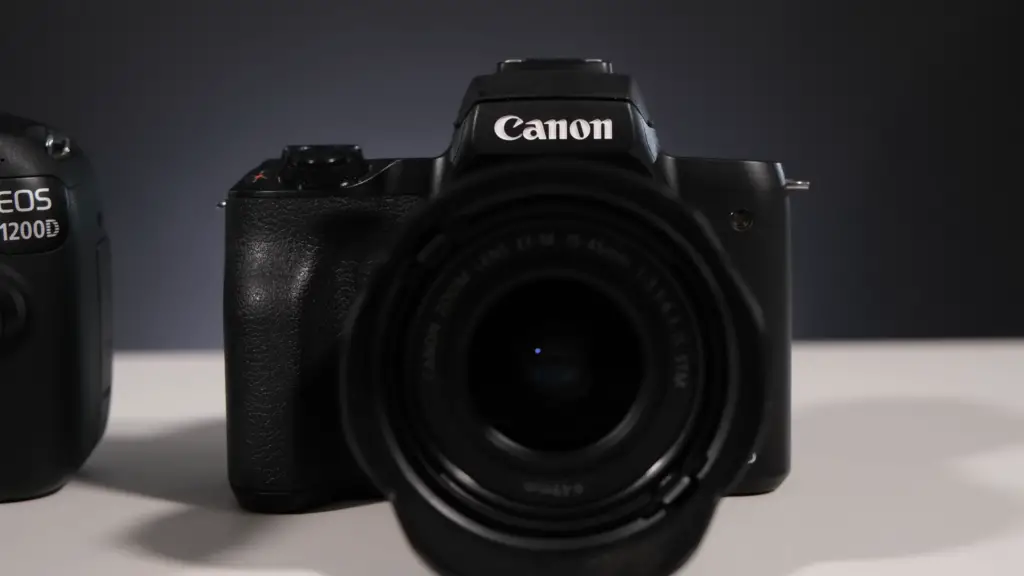
Why is Shutter Count Important?
When purchasing a used camera, it’s crucial to consider the shutter count. The shutter, acting as a movable barrier in front of the image sensor, regulates the amount of light that reaches its surface. Each time the shutter opens and closes, it adds to the shutter count or actuation. While most cameras have a lifespan of at least 150,000 actuations, prolonged use accelerates signs of wear and tear. Therefore, monitoring the shutter count becomes essential for assessing a camera’s condition and longevity.
When searching for a pre-owned camera, the shutter count can provide valuable insight into the remaining lifespan of the device. A higher shutter count suggests more wear and tear, potentially resulting in increased noise levels. Conversely, a lower shutter count indicates less usage and a greater potential for extended longevity. [1]
Furthermore, the shutter count can impact the monetary investment required for a camera body. Pre-owned cameras with higher shutter counts often fetch lower prices due to the extensive usage they have endured. Consequently, their longevity may be compromised compared to those with fewer actuations.
When purchasing a used camera, it’s important to consider the shutter count. However, it’s not the sole deciding factor. The condition of the camera body, external wear and tear, and other specifications and features should also be taken into account. By considering all these aspects, you’ll be better equipped to find the perfect camera that suits your needs and budget.
It’s important to remember that exceeding the recommended shutter count doesn’t necessarily mean a camera won’t last long. Cameras are engineered to endure hundreds of thousands of actuations, so even a camera with a high shutter count may still have a considerable lifespan. By properly caring for and maintaining your used camera, you can potentially extend its longevity even further. [2]
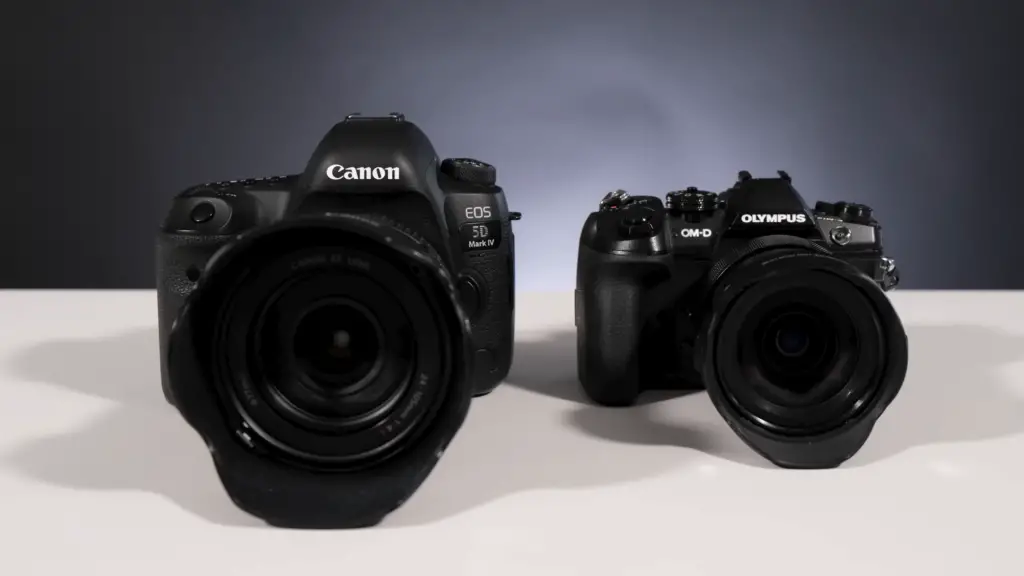
Average Lifespan of a Camera Shutter
The average lifespan of a camera shutter can vary greatly, depending on the make and model of the camera. Generally speaking, digital cameras are designed to withstand up to 100,000 shutter actuations or more before experiencing any significant deterioration in image quality or performance.
It’s important to remember that while shutter count is an indicator of a camera’s overall health, it doesn’t tell the whole story. Cameras can still be subject to wear and tear even if they haven’t reached their maximum shutter count yet. Additionally, there are certain factors that can influence how quickly the shutter wears down, such as exposure to extreme temperatures and humidity levels or frequent use in dusty environments.
If you’re concerned about your camera’s shutter count, there are ways to check it. Many camera manufacturers offer software utilities that can tell you the approximate number of actuations your camera has undergone. Additionally, specialized third-party hardware devices and online services can also be used to determine a more precise shutter count if needed.
Overall, it’s important to keep an eye on your camera’s shutter count as a way of ensuring optimal performance. While it’s normal for shutter count to increase over time, any sudden or unexpected changes could be indicative of a problem with the camera and should be checked out by a qualified technician.
It’s also worth noting that even when your camera has reached its maximum shutter count, this doesn’t necessarily mean that you need to replace it.
How to Check Your Camera’s Shutter Count?
It’s important to know the shutter count of your camera in order to determine if it is still in good condition. The shutter count, also known as actuation number, indicates how many photos have been taken with that specific camera. This number can be a helpful tool for photographers and videographers who are considering buying a used camera or selling their current one. Fortunately, there are a few ways to check the shutter count of your camera.
One way is to use an external software such as ShutterCount for Mac and Windows, which can be used to read any digital SLR camera’s internal data.
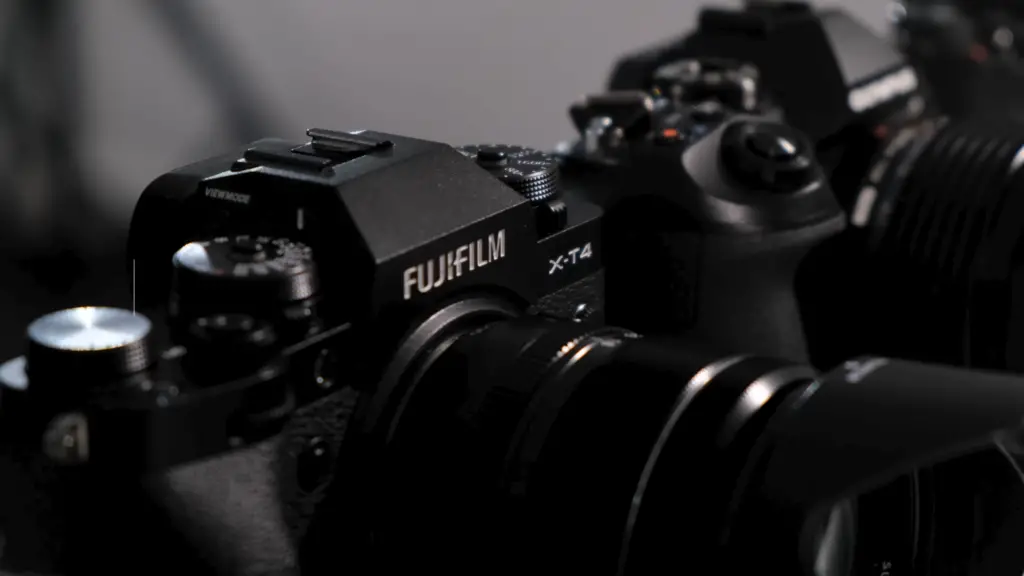
Another option is to send your camera to the manufacturer for service, and then they will provide you with the shutter count report.
Last but not least, you can also check your camera’s shutter count online. There are many websites devoted to providing this information for free. All you need is the serial number of your camera and then you will be able to look up its shutter count.
No matter which method you use, it’s important to keep track of your camera’s shutter count. This way, you are sure to keep your camera in good condition and get the most out of it for as long as possible. [3]
Factors Affecting Shutter Life
Camera Model
The camera model you own can play a large role in how many shutter counts it will have before needing to be replaced. Generally, DSLR cameras with higher priced models will last longer than cheaper ones. For instance, a Canon EOS 5D Mark III may be able to reach up to 200,000 shutter actuations whereas an entry-level Canon Rebel T5i may only reach up to 30,000.
Usage Habits
How you use your camera can also affect the shutter life of your device. If you frequently shoot in burst mode, using continuous shooting and long exposure settings often, it could lead to a decrease in lifespan. Additionally, if you are careless when it comes to transporting or storing your camera, you can add additional wear and tear. Taking proper care of your camera is essential if you would like to keep it running for longer periods of time.
Environmental Conditions
The environment in which your camera is used can also affect the shutter life. Excessive heat or cold, as well as humidity, dust or sand particles, can damage internal components and lead to premature wear and tear. If you plan on shooting in extreme conditions, it’s important to take extra precautions with your equipment.
Maintenance
Maintaining your camera is one of the best ways to extend its life and keep it running smoothly. This includes cleaning any dust, dirt or other debris from the sensor, body and lens regularly; using camera bags or cases to protect it from the elements; and storing your equipment properly in a dry, temperature-controlled environment. Additionally, having regular check-ups by a technician can help identify any potential issues with the device before they become more serious.

Ultimately, the shutter life of your camera will depend on the model you own and how you use it. The more you take care of your camera, the longer it will last. With regular maintenance and proper usage habits, you can ensure that your equipment continues to work for you for many years to come.
Upgrading Your Camera
If your camera has been through a lot of use or has reached its maximum shutter count, it may be time to consider upgrading to a newer model. While this can be an expensive process, it may be worth the investment if your current camera is no longer functioning as it should. Many modern cameras come with improved features such as larger sensors and higher quality image processors, so investing in one of these models could help improve the quality of your photos overall. [4]
How to Extend Your Camera’s Shutter Life?
Extending the shutter life of your camera is possible with proper care and maintenance. Here are some tips to keep in mind when it comes to caring for your camera:
- Clean all dust, dirt or other debris from the body and lens regularly using specialized cleaning tools.
- Use cases or bags to protect your equipment from damage and movement during transport.
- Store your equipment in a dry, temperature-controlled environment when not in use.
- Avoid exposing your device to extreme temperatures and humidity levels.
- Have regular check-ups by a professional camera technician.
- When possible, invest in higher quality models with longer shutter life expectancy.
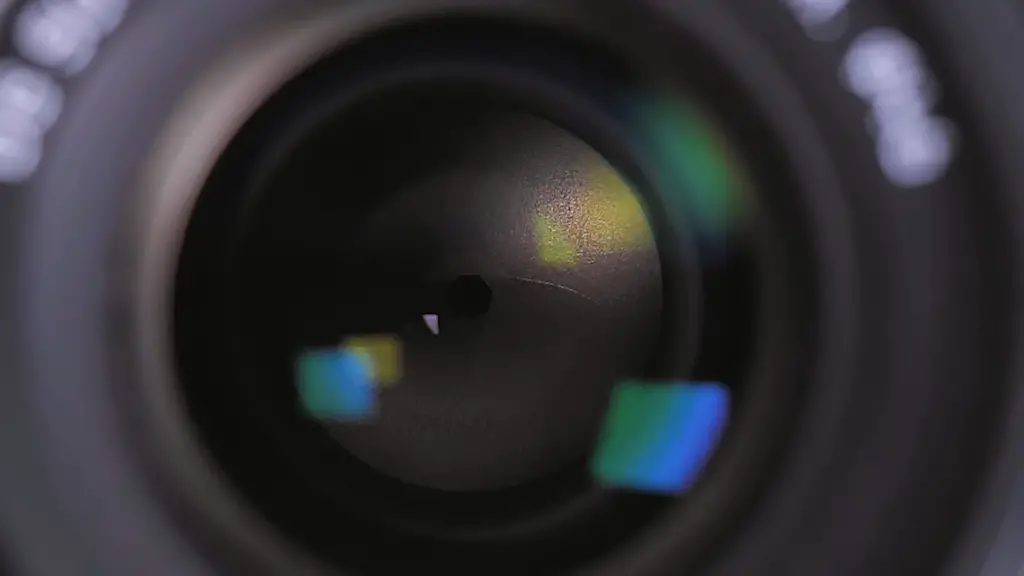
FAQ
What is a shutter count?
A shutter count is the total number of times a camera’s shutter has been activated. This information can be used to help determine the overall condition of the camera and its expected lifespan.
How often should I have my camera serviced?
It is recommended that you have your camera serviced at least once a year in order to maintain optimal performance and extend its lifespan. However, if you notice any issues with your device or detect a decrease in performance, it may be best to have it checked by a professional technician as soon as possible.
Are there any risks associated with high shutter counts?
Yes, higher shutter counts can lead to decreased image quality due to mechanical wear and tear on internal components such as the shutter blades or mirror. Additionally, higher shutter counts can reduce the lifespan of the camera since wear and tear on internal parts accelerates with more use.
It is important to recognize that cameras are machines and like any other mechanical object, they will eventually degrade over time. Therefore, regular maintenance and upkeep may be necessary to ensure maximum performance of your camera. This will include checking for signs of wear and tear, dust and debris build-up as well as replacing broken or worn out parts.
Manufacturers typically provide service plans which can help prolong the life of a camera by providing regular maintenance checks and helping to address any issues that arise. A comprehensive service plan can often be worth the cost, especially if your camera is an expensive or sophisticated model.
It is also recommended to periodically back up your images on a hard drive, cloud storage or other external device. Doing so will not only help preserve the memory of captured moments, but it can also protect against any data loss should something happen to your camera body.
How can I check the shutter count on my camera?
The shutter count of a digital camera can be determined by using certain software applications or online tools. Popular programs for Canon and Nikon cameras include EOSCount, DSLR Shutter Count and Image Data Converter. For Sony cameras, the Sony Remote Camera Control application is available.
Another option is to use an online tool such as CameraShutterCount.com, which allows users to upload their image files and receive an estimate of the shutter count. Keep in mind that this is not a definitive answer as some cameras may have different mechanisms for tracking shutter count, so results may vary.
For professional photographers or those who use their camera extensively, it’s important to keep track of the shutter count and be aware of any signs of wear and tear as this will help in maintaining the quality of images produced. With proper care, most cameras can last up to 100,000 shutter count or more, with some models reaching up to 500,000 shutters.
What is considered a high shutter count?
The answer to this question depends on the make and model of your camera. Generally, most mid-range DSLR cameras have a recommended shutter count limit of around 50,000 while higher end models can reach up to 100,000 or more.
However, it is important to remember that even with regular maintenance and upkeep, shutter counts will continue to rise and can eventually lead to decreased image quality. Therefore, it is recommended to keep shutter counts as low as possible, especially for those who rely on their camera for professional photography or videography purposes.
Additionally, certain cameras may be prone to premature wear and tear due to poor manufacturing or design. In these cases, it may be necessary to replace parts or the entire camera body sooner than expected. If you have any concerns about the shutter count of your camera, it is best to consult with a technician or contact the manufacturer directly for more information.
What are some tips for prolonging the life of my camera?
Taking good care of your digital camera is essential if you want to get the most out of your investment. Here are some tips to help prolong its life:
- Handle with care – Always use the camera strap when carrying the camera and be sure to store it in a secure, padded bag or case when not in use. Be careful not to drop or bump the camera as this can cause damage to internal components.
- Keep clean – Dust and dirt can accumulate inside the lens, sensor and other internal parts. This can reduce image quality or even cause a malfunction. Regularly clean your lenses with a special cloth for optical surfaces or use compressed air to remove dust build-up in tight spaces.
- Use proper batteries – Using low-quality batteries can adversely affect camera performance. Always opt for high-quality, name brand batteries and ensure that they are compatible with your camera.
- Periodically back up your images – Not only will this help to preserve memories, but it can also protect against any data loss should something happen to your camera body.
- Use a service plan – Many manufacturers offer service plans which provide maintenance checks and help address any issues that arise. Investing in a good service plan can help to prolong the life of your camera.
- Avoid extreme temperatures – High temperatures or cold can have a negative impact on battery performance as well as other internal components, so take extra precautions when operating in such conditions.
Conclusion
When it comes to shutter count, there is no definitive answer as to how many counts is too much. The life of a digital camera is typically measured in shutter actuations, and this number can vary depending on the make and model. Generally speaking, most cameras should last at least 50,000 actuations before significant signs of wear begin to show. This number can vary, however, depending on the camera’s age and usage. If you find yourself constantly taking photos with your digital camera, it may be a good idea to keep an eye on the shutter count so as to get an idea of how much life is left in your device. By understanding the signs of wear and tear caused by shutter count and taking proper precautions, you can ensure that your camera will last for many years to come.
References
- https://www.photoreview.com.au/tips/buying/how-relevant-are-shutter-actuation-cycles/
- https://www.shutterreleaseworld.com/how-much-shutter-count-is-too-much/
- https://www.camerajungle.co.uk/shutter-counts-explained
- https://www.phototraces.com/b/what-is-shutter-count/
- https://digital-photography-school.com/tips-buying-used-camera-gear/





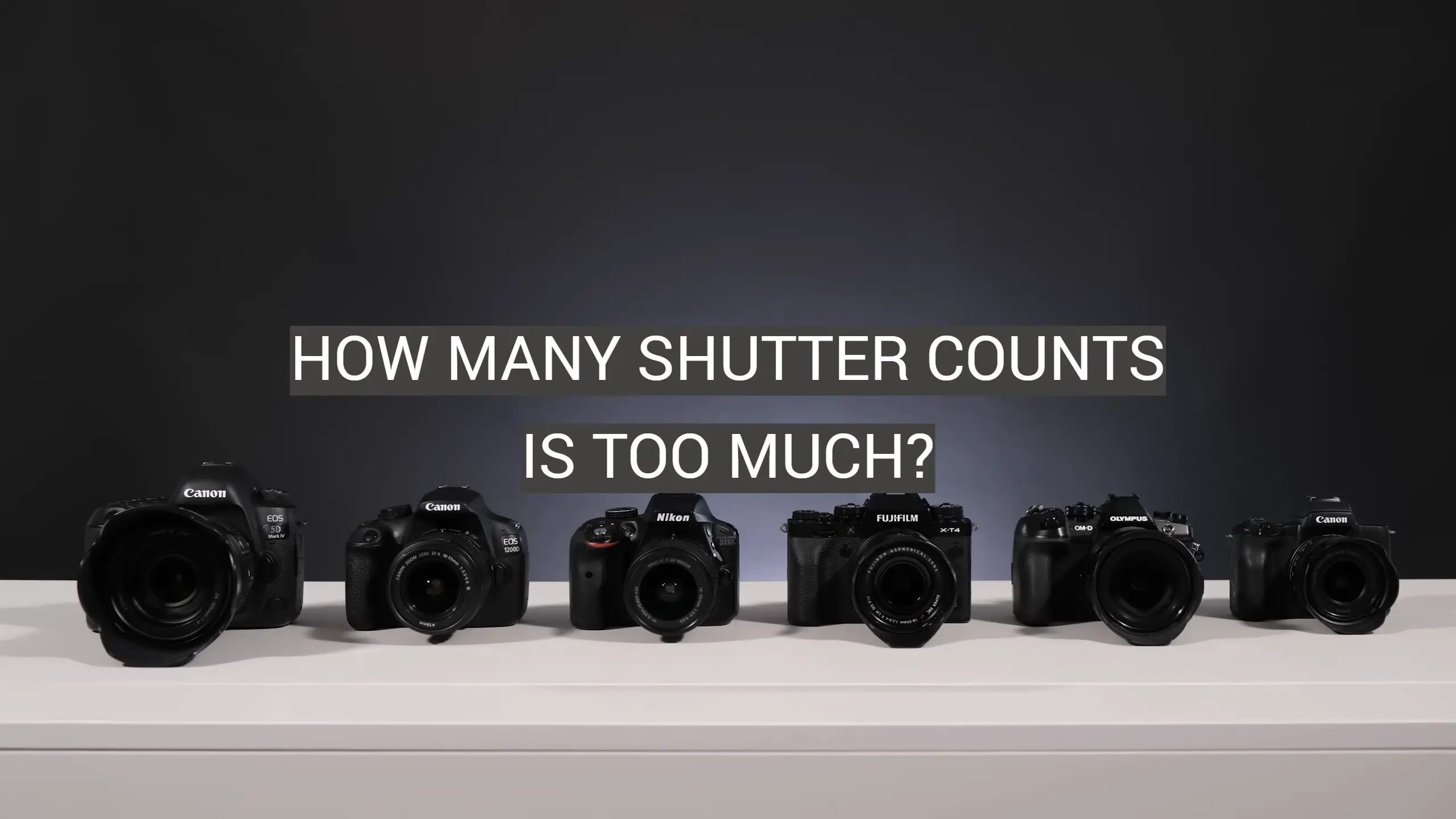
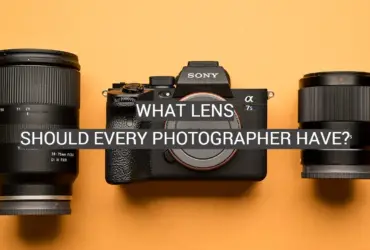





Leave a Reply